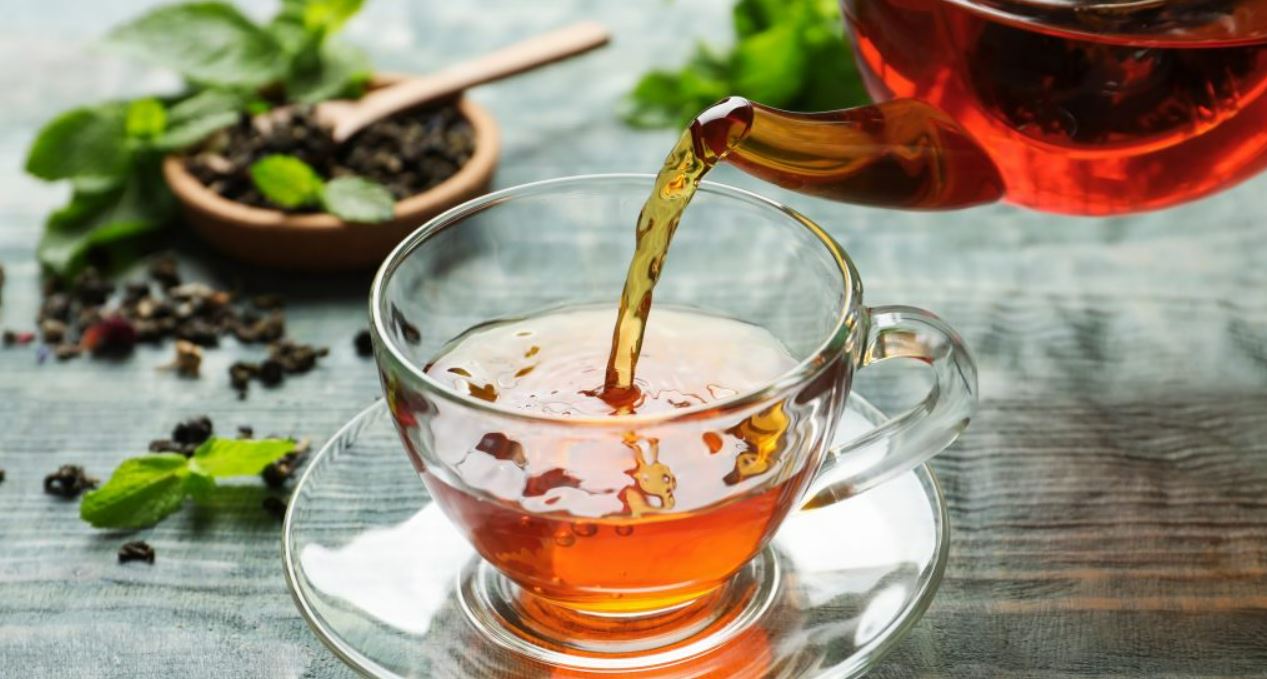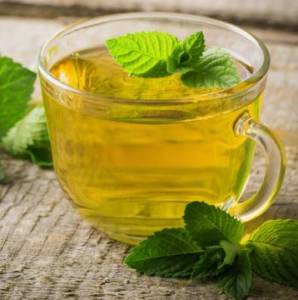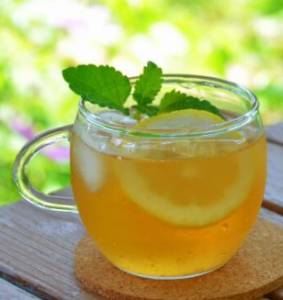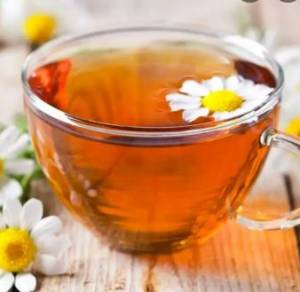Growing Tea Drinking Herbs at Home
According to BHG, you may stay warm this winter by taking your herb garden indoors and using the product to make hot, brewed teas.
Even the strongest among us need a place to stay warm during the winter. With a cup of freshly prepared herbal tea, you can always warm up and thaw out at this time of year. A cup or two may do wonders, including warming the body from the inside, relieving stress after a long day, and bringing a calming scent into the house.
When it’s cold and nasty outdoors, many herbs will actually grow better indoors, so I’ve chosen a few of my favourites for you to try this season. The main advantage of growing herbs indoors on a warm windowsill is that you don’t need to go outdoors to get fresh leaves for a soothing cup of tea.
All the herbs I’ve selected will flourish in indoor pots with simple care. These plants will continue to produce new leaves all winter long, so harvest them as needed.
Simple steps for making herbal tea include chopping up a few leaves, placing them in a teapot or container, and then pouring boiling water over them. Personal preference determines how much water to use and how long to let the tea steep, so it is worthwhile to experiment to find the appropriate balance.
- Peppermint
- Lemon Balm
- Chamomile
Herbal Tea Varieties
- Peppermint
- Lavender
- Lemon verbena
- Chamomile
- Jasmine
- Ginger
- Hibiscus
- Sage
- Lemon Thyme
- English Thyme
- Parsley
- Elder
- Lemon Balm
Chamomile
It has been used for generations as a treatment for period discomfort, fever, skin conditions, and colic. The daisy-like blooms, which can be used fresh or dried to produce a tea, give camomile tea its mellow, apple-flavoured flavour. Some of chamomile’s more than 120 bioactive components, including flavonoids with soothing properties, may be extracted by simply boiling it in hot water.
Growing this plant from seed is simple. Choose chamomile that is German or Roman in flavour. Fill a container with multipurpose compost in April. Add a thin layer of seeds and a centimetre of compost on top of the seeds. Plant the seedlings outside in a bright location towards the end of the frost danger period, 10-15 cm apart.
Aloysia citrodora or Lemon Verbena
Being a tropical plant, lemon verbena loves to spend the harsh winters indoors. It will thrive in conditions with plenty of sunshine, drained soil, and sparing watering. The leaf has a clean scent with a pleasant, lemony taste. Colds, fevers, and digestion can all be helped with lemon verbena tea.
Mentha x piperita or Peppermint
Peppermint is arguably the most well-known tea herb. Because of the strong fragrant oils in its leaves, it not only produces a tasty beverage but is also quite simple to cultivate.
It should be planted in a container with soil that drains well, watered, and placed in an area with enough of sunshine. In between waterings, let the soil dry out. Heartburn, indigestion, and stomach aches and pains can all be relieved with peppermint.
Melissa Officinalis or Lemon Balm
Lemon balm is a member of the mint family and is just as resilient as its kin. I advise using the same strategy as with peppermint to cultivate it indoors. This herb’s crushed leaves give off a light lemony scent that produces a pleasant and therapeutic tea that is thought to relieve anxiety, headaches, and insomnia.
Ocimum basilicum or Basil
Basil creates a cool tea and gives food a sweet, peppery flavour. When planting, use well-draining soil and position the container in the brightest area in the house. The plant will repay you with an abundance of aromatic leaves if you water it when it begins to droop.
Basil is said to improve breath quality and strengthen the immune system. The unknown To get a rounded flavour, steep this herb slightly longer than other herbs while brewing.
Thymus vulgaris or Thyme
Thyme is a hardy all-rounder packed with antioxidants. I suggest treating it as you would peppermint indoors, so provide a sunny windowsill and let the soil dry out between waterings. It is useful for soothing a sore throat and relieving stomach bloating.
Once your indoor herb garden is developed, all that is left to do is maximise your yield. Fresh leaves make herbal beverages quite simple to make. Simply take a few handfuls of leaves, combining a few different herbs if you prefer, add boiling water on top, and let the tea stand for up to five minutes. The flavour will get stronger the longer you let it brew.







